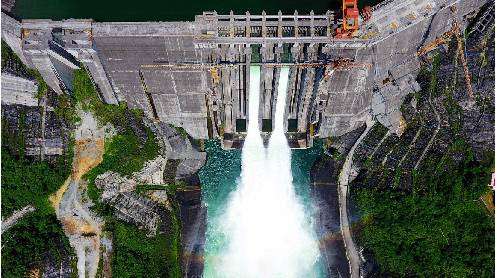BEIJING: Chinese Premier Li Qiang has officially launched the construction of a mega hydropower project on the Tibetan Plateau, which is expected to become the world’s largest hydroelectric facility. The dam, located on the lower reaches of the Yarlung Tsangpo River in Nyingchi, Tibet, has triggered alarm in India and Bangladesh over potential downstream impacts.
The Yarlung Tsangpo River flows into India as the Brahmaputra, passing through Arunachal Pradesh and Assam before entering Bangladesh. Concerns have been raised about the project’s possible effects on water availability, food security, environmental stability, and the risk of China using water as a strategic tool.
First announced in 2020 under China’s national five-year plan and formally approved in December, the project will feature five cascade hydropower stations with a combined investment of 1.2 trillion yuan (US\$167 billion). It is expected to generate an astonishing 300 billion kilowatt-hours of electricity annually—three times the output of the Three Gorges Dam.
China maintains that the dam has passed rigorous environmental and geological evaluations and insists it will not harm downstream countries. Officials argue the project will aid disaster prevention, support climate change adaptation, and benefit regional stability.
However, the move has prompted India to accelerate its own hydropower projects along the Brahmaputra in Arunachal Pradesh—a region China continues to claim as part of southern Tibet.
A new state-owned company, China Yajiang Group, has been established to oversee the project. Vice-Premier Zhang Guoqing emphasized the importance of innovation and ecological safeguards in the construction and operation of the facility.
As the geopolitical stakes rise, the project underscores growing tensions over transboundary water resources in South Asia.







